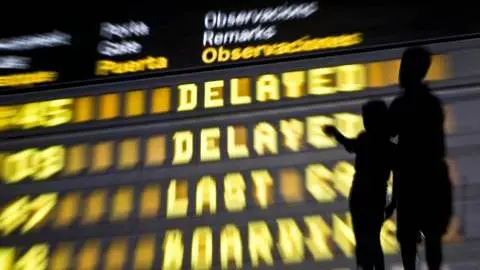Our three calls for China in 2022
The slew of policy announcements in recent months has slowed. The government will rely on investment to drive growth, while tough Covid-19 measures will remain
Overall developments
The recent deluge of policy announcements from the Chinese government has at least slowed. These continue to affect a wide range of areas including new rules for deleveraging the real estate sector, data compliance on technology companies, enforcing firms' social responsibilities, China's third child policy, and cracking down on companies who make their staff work long hours with little pay.
China's tough 'zero-Covid' approach to the pandemic will continue, spurred on by the discovery of the Omicron variant. This approach limits people's movements even during the long holidays. Both inbound and outbound tourism will continue to be curtailed. Strict local lockdowns where any outbreak is concentrated will continue.
The government will rely on investment to support growth. The key drivers here are renewable energy, 5G applications and the expansion of networks to rural areas, Artificial Intelligence, and semiconductor technology research. This activity will partially fill the gap left by investment previously undertaken by real estate developers. Consumption too will play a major part while manufacturing will depend on export demand, freight rates, and the availability of semiconductors.
Three calls for China in 2022:
State-Owned Enterprises to return as the core of investment entity
As intense policy actions are expected to be toned down, the pattern of economic growth should start to return to normal. But this will involve more reliance on State-Owned Enterprises (SOEs) to invest in infrastructure for renewable energy and technology. Private-owned enterprises (POEs) will play a role to facilitate these projects when SOEs contract out work to the private sector.
No change to the slight easing of monetary policy
Given that the government will continue to carry out deleveraging reforms, monetary policy is not likely to be relaxed unless it looks like economic growth is at serious risk, and the probability of this is low as the government can control the pace of investment growth. We believe that the likelihood that the People's Bank of China (PBoC) cuts policy rates or the Reserve Rate Requirement (RRR) is small.
But the central bank can also release liquidity via daily open market operations to stabilise the front end of the interest rate curve and to avoid spikes in market interest rates. If there is any sort of easing action, we believe that a broad-based RRR cut of 0.5 percentage points is more likely than a cut in policy rates. The chances of an interest rate hike to match other central banks is also very unlikely given the reform background.
Portfolio inflows via opening-up of the capital account
The yuan has recently been very strong against the dollar even as the dollar index has been rising. The opening-up of China’s capital account has attracted portfolio inflows. These inflows will slow if further opening in 2022 starts to look less likely. In this event, there will be more two-way portfolio flows depending on relative asset prices onshore versus offshore. This means the yuan could be volatile. And the tendency towards yuan depreciation in the face of an increasingly hawkish Fed will be significant. This should end up with a weaker yuan against the dollar by the end of 2022.
This publication has been prepared by ING solely for information purposes irrespective of a particular user's means, financial situation or investment objectives. The information does not constitute investment recommendation, and nor is it investment, legal or tax advice or an offer or solicitation to purchase or sell any financial instrument. Read more
Download
Download article
2 December 2021
ING global outlook 2022 This bundle contains 17 Articles